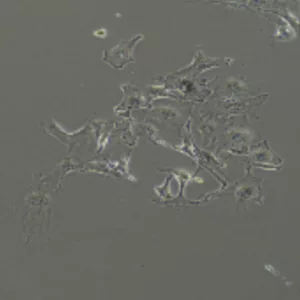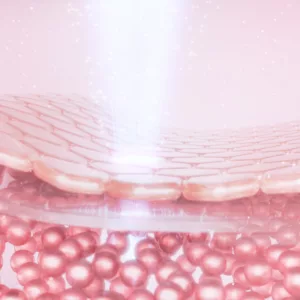OECD guidelines are internationally accepted standards for various types of testing, including skin sensitization.
Adherence to OECD guidelines ensures that the company’s testing methods are scientifically valid and based on established principles.
This enhances the credibility and reliability of the results obtained through the testing process.
Many regulatory authorities around the world recognize and my require adherence to OECD guidelines for certain types
of testing.
By following these guidelines, companies position themselves to meet regulatory expectations and
requirements.
OECD guidelines often emphasize quality assurance and control measurement in testing protocols.
Following standardized OECD procedures facilitates comparability of results across different laboratories and studies.
OECD guidelines typically include considerations for the ethical treatment of test subjects and emphasize the
importance of animal welfare.
Adhering to these guidelines demonstrates a company’s commitments to ethical practices in research and testing.












